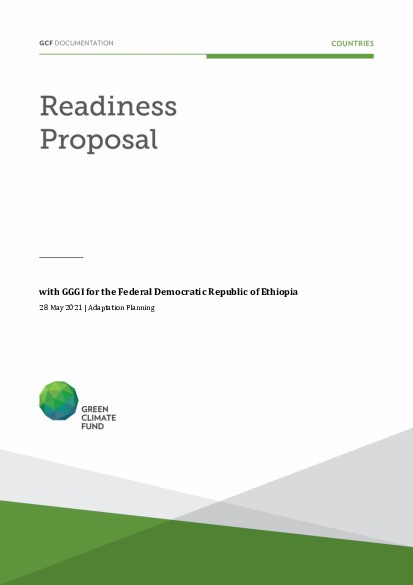Building Capacity to Facilitate the Integration of the National Adaptation Planning Process in Ethiopia

Building Capacity to Facilitate the Integration of the National Adaptation Planning Process in Ethiopia
Ethiopia is a landlocked country in East Africa, classified by the UN as LDC. With its diverse ecological landscapes, the country is exceedingly vulnerable to the negative impacts of climate change and climate variability. Key vulnerabilities are linked to the increase in temperature, projected to rise from 0.8 to 2.7°C, more frequent droughts and floods due to increasingly unpredictable seasonal rainfall patterns and rainfall shortages, largely induced by El Nino/La Nina, and region-specific wildfires and hailstorms, and livestock and crop diseases due to climate change – with potentially catastrophic impact on Ethiopia’s population. In 2015-16, for example, Ethiopia faced one of its most recent severe droughts, during which approximately 10% of the population was faced with disastrous food shortages. The population as a whole is vulnerable to climate impacts, particularly the large portion that depends on rainfed agricultural and pastoral activities.
The Government of Ethiopia has taken action to advance on climate change adaptation by developing its National Adaptation Plan (NAP-ETH) and remains committed to pursue its implementation through this proposed project in an effort to bring about transformational change in the country’s capacity to address the impacts of climate change. NAP-ETH builds on ongoing efforts to address climate change in the country’s development policy framework, including the Climate Resilient Green Economy (CRGE) strategy and the second Growth and Transformation Plan (GTP II), as well as sectoral climate resilience strategies and regional and municipal adaptation plans. NAP-ETH provides an overarching framework for Ethiopia’s adaptation, including 18 adaptation options which address key vulnerabilities and five (5) strategic priorities to facilitate an enabling environment for effective implementation of the identified adaptation options.